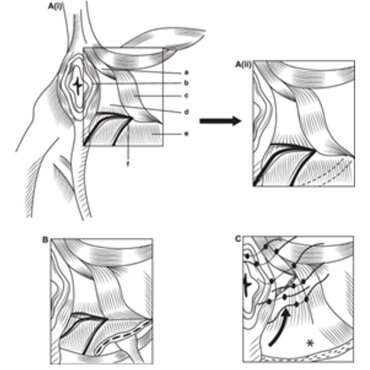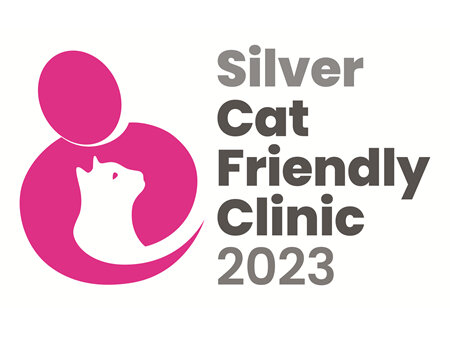Franklin Vets
Franklin Vets - excellence in veterinary care for dairy, farming, lifestyle, equine and household pets. BESTPRACTICE ACCREDITED NZ.
Your account is powered by Storbie. To edit your profile visit my.storbie.com
Your account is powered by Storbie. To edit your profile visit my.storbie.com

Perineal hernia is a difficult condition to understand due to the complicated anatomy involved. Essentially, there are muscular walls supporting the rectum, one on each side. These walls provide the strength and support that is required for the thin-walled rectum, while the support to the upper and lower sides is provided by the tail and the pelvis respectively.
Perineal hernia is when one or both of those muscular walls is weakened, and the rectum bulges out on that side, producing the visible swelling alongside the tail. When the muscular wall sags or tears, it allows organs from the abdomen to be pushed out through the pelvis and sit under the skin by the tail, which in time form adhesions and refuse to move back to where they came from.
There are several causes, but the most frequent is straining to pass faeces. In Wilson’s case, this was likely caused by his enlarged prostate gland, which is an extremely common problem in older male dogs.
Repair involves replacing everything from the abdomen where it should be, and then reconstructing a supportive wall somehow.
Wilson was found to be fit for surgery on pre-anaesthetic blood testing. Exploration of the hernia revealed it to contain a greatly enlarged prostate gland as well as some abdominal fat. Very careful dissection was followed by returning them back to the abdomen.
The supportive wall was then reconstructed using a muscular flap technique, which was helped enormously by having plenty of muscle present and not much fat.
Wilson never looked back and returned to normal with a new perineal wall. His owner reports that he is fully recovered & loving life.
Nice case, good result. Very pleasing to have a completely fixable surgical problem in an older patient.
Paul Eason BVM&S MANZCVS
Franklin Vets - excellence in veterinary care for dairy, farming, lifestyle, equine and household pets. BESTPRACTICE ACCREDITED NZ.




